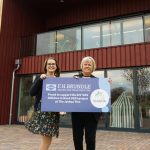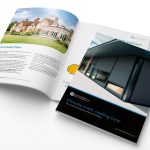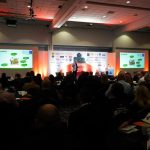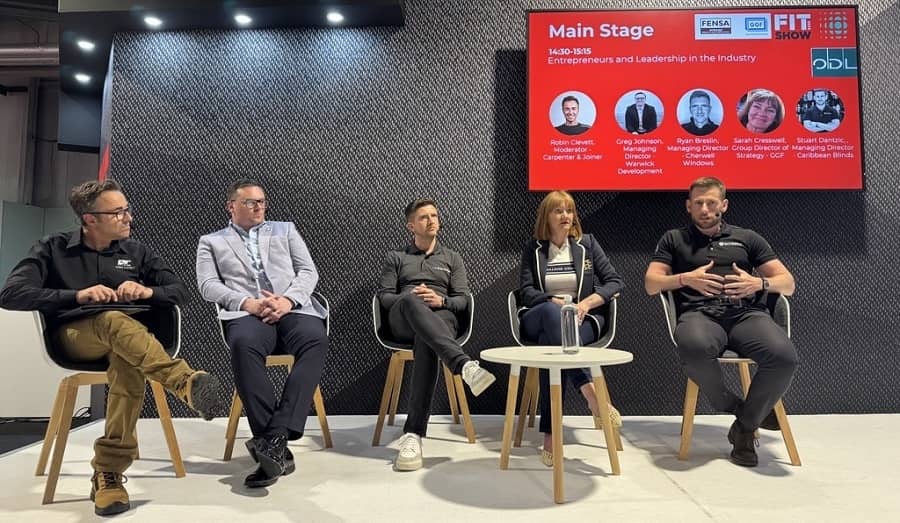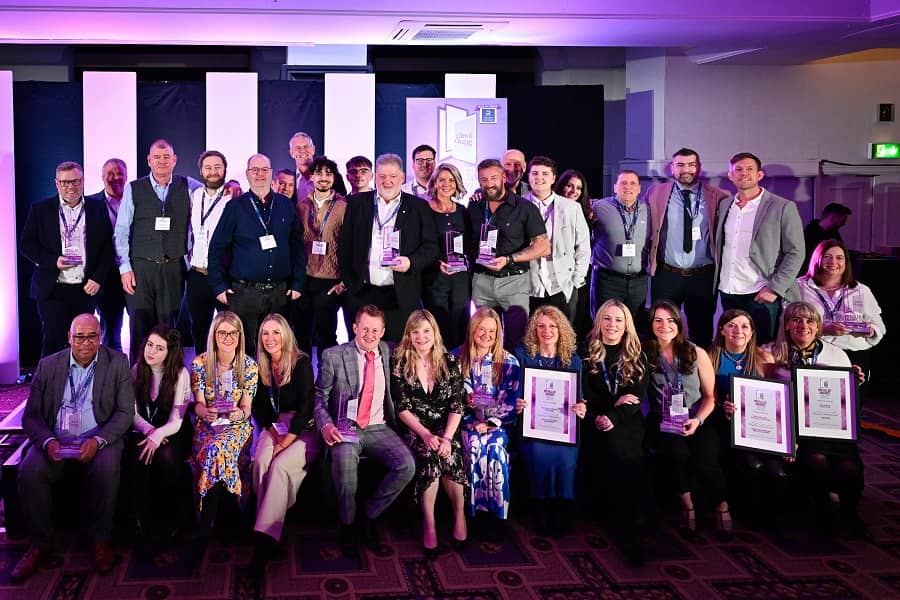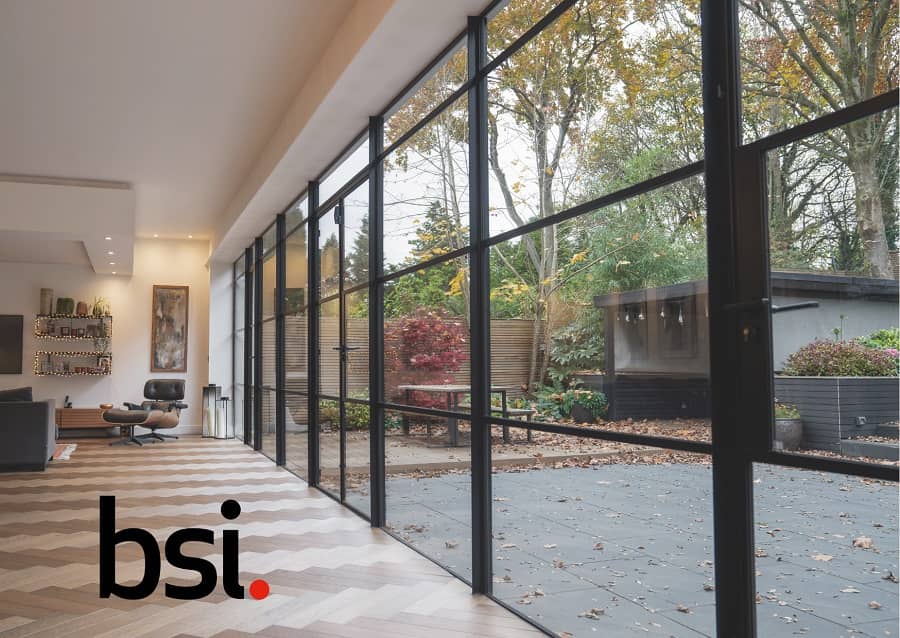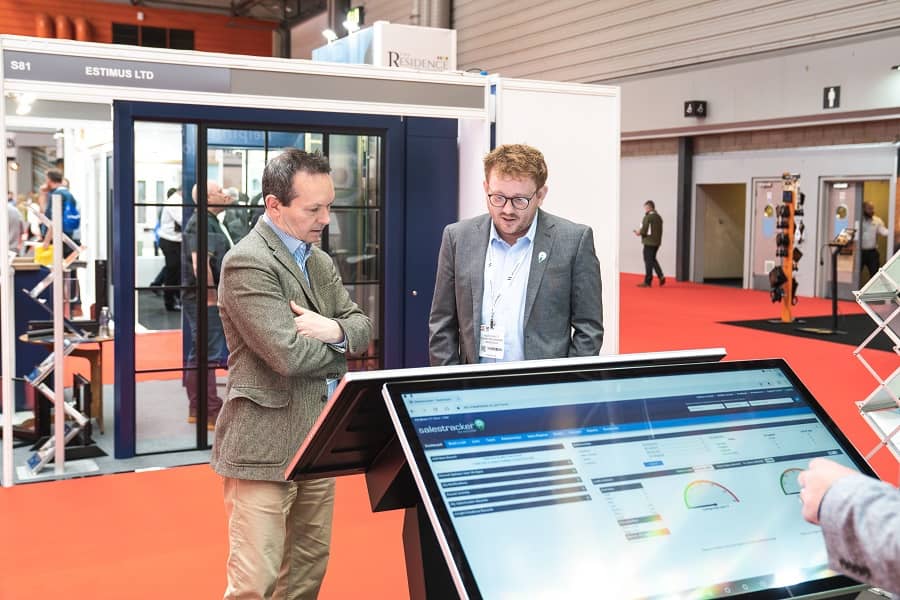‘The requirement to transform our homes into environmentally-friendly infrastructures has never been more pronounced’

Solar panel on a red roof
In an exclusive interview, Building Products spoke to the CEO of DCSL GuideSmiths, Nick Thompson, about the importance of software engineering for creating greener homes.
What is your background and have you always been interested in software’s role in creating a sustainable future?
I started my career as a software developer working at DCSL in 1997, at the age of 17. I gradually worked my way up through the company until 2013, when I had the opportunity to buy the company outright through an MBO and was able to grow it my own way. We secured investment from a private equity firm in 2020, completed our first acquisition and merger, and I am now CEO of the DCSL Group of companies.
I had always been interested in finding out how things work, finding new solutions to problems using technology, and this was what drew me into the world of software development as a child. The things we have been able to achieve as a society through the use of technology, since the start of my career alone, has been incredible, and I think that this is just the start. I think technology is key to creating a more sustainable future, not only for us, but for generations to come.
A great example is our work with Chef’s Eyetech, a tech start-up, to help them create a SaaS solution for tracking food waste in restaurant and hotel kitchens across the globe.
How important is it for the UK to reduce our household emissions?
If COP26 taught us anything, it is that climate change has inevitably left our world under significant threat; more importantly, this event has taught us that it is instrumental for the survival of this earth that we do all that we can to reduce carbon emissions.
World leaders and business leaders have all stated their desire to reduce emissions, but with 40% of British emissions originating from British homes, the requirement to transform our homes into environmentally-friendly infrastructures has never been more pronounced. With technology continuously advancing at such a rapid speed, requisite transformations can now be provided from sources that may not have once been as distinct – software engineers and developers.
What role does software engineering have to play in creating greener homes?
In the past decade especially, software engineering has been at the heart of connecting technology with businesses; at a time where fossil fuels are no longer a viable option, the responsibility has fallen onto the technology and skilled sector to generate alternative methods of producing energy in a sustainable manner.
I predict that in the coming years, this industry will become increasingly vital for the sustainability of this earth, as it will ultimately serve as the foundation for not only homes but also for businesses. This primarily includes smart assistant light switching, which can save not only £35 a year, but also 56kg of carbon dioxide equivalents.
Secondly, visualising consumption is crucial in ensuring that Brits remain cautious of the energy they’re using. Although the government has set a target for 85% of homes to have a smart-meter installed by 2024, recent reports have suggested that 900,000 of already installed meters are faulty. Therefore, I do think that it’s up to engineers to find innovative ways to inspire Brits to engage with smart meters.
Finally, AI automation can be deployed in smart homes to help prompt and automate behaviours. Smart home devices are able to automate more energy-efficient methods, as well as detect patterns of homeowners to stick to routines that help their own practices become more efficient.
Are there other areas, particularly in the built environment, where software engineering is helping to improve sustainability in the UK?
The issue with improving sustainability around the UK is not to do with completely halting projects in the built environment, but to use low-carbon, low-impact and non-toxic materials to ensure that the site considers a more sustainable development. This is where technology and software development can play a crucial role, as software innovation can essentially affect the environmental factors of energy and machine programming.
Thus, green software can ultimately translate into higher-quality products that will benefit the planet in the long-run. A number of businesses including Google are already beginning to deploy various approaches to green software development, and it is clear that adopting a greener server to be used in built environments can significantly reduce carbon emission at a time where the future of the planet depends on it.
What trends are you expecting to see from software engineering in 2022?
One of the biggest trends I expect to see from software engineering in 2022 is the continuous practice of borderless recruitment. Already, we can see the introduction on this in the last year due to the effects of the pandemic and Brexit; it is clear that this new method of recruitment has proven to be significantly more beneficial than traditional methods of recruitment, which can take an average of 63 days to fill a position and a cost of upwards of £10,000.
What does 2022 look like for DCSL GuideSmiths? Any important milestones coming up?
We had our best year as a business in 2021, despite the many challenges we faced due to the ongoing pandemic, and we are hoping to build on that success in 2022. We have some ambitious growth plans ahead of us, including strong organic growth and further acquisitions. And of course, we’re looking forward to being able to help more and more companies to transform their digital capabilities and grow their businesses in 2022.


